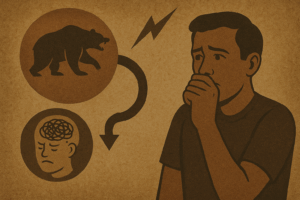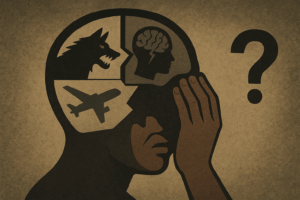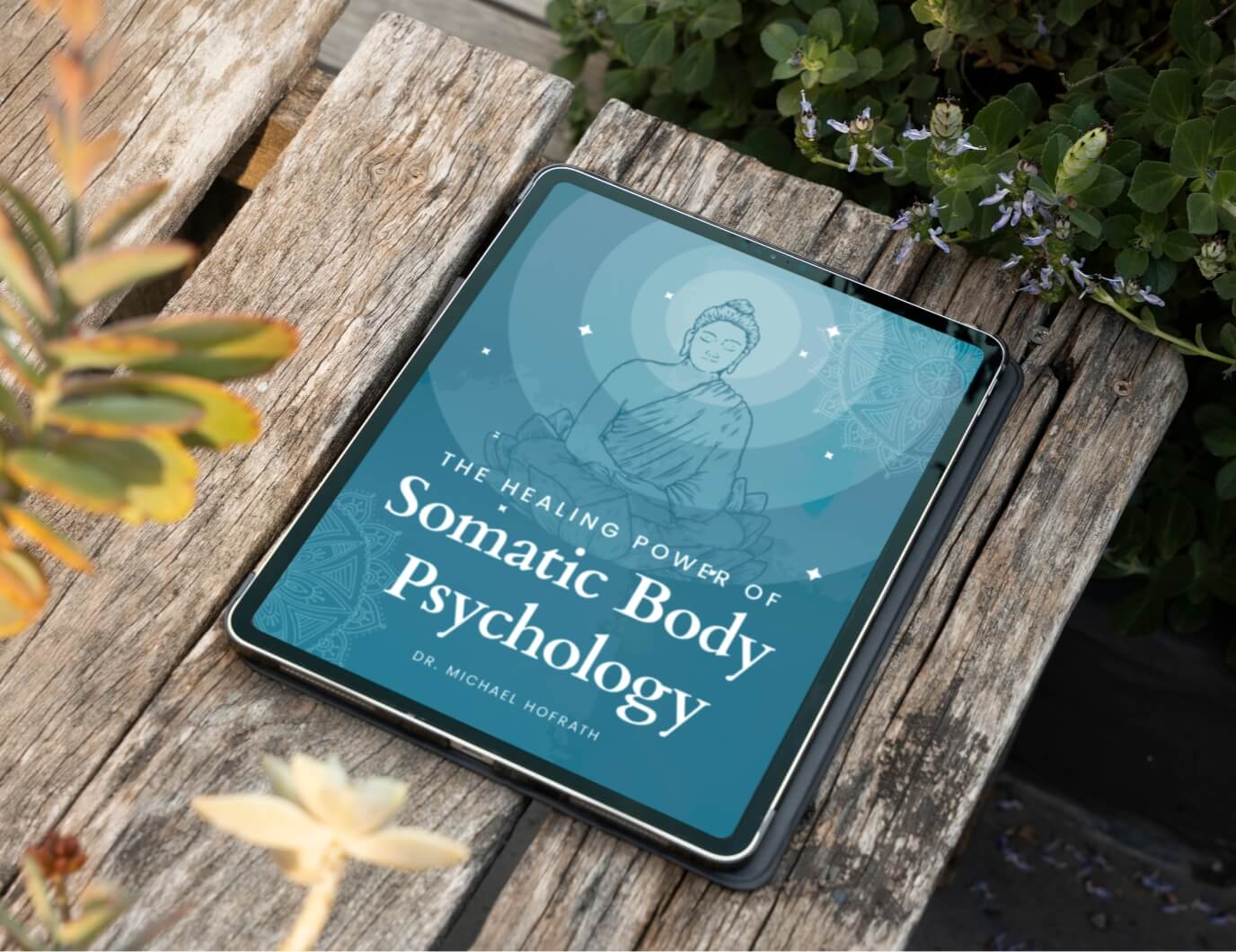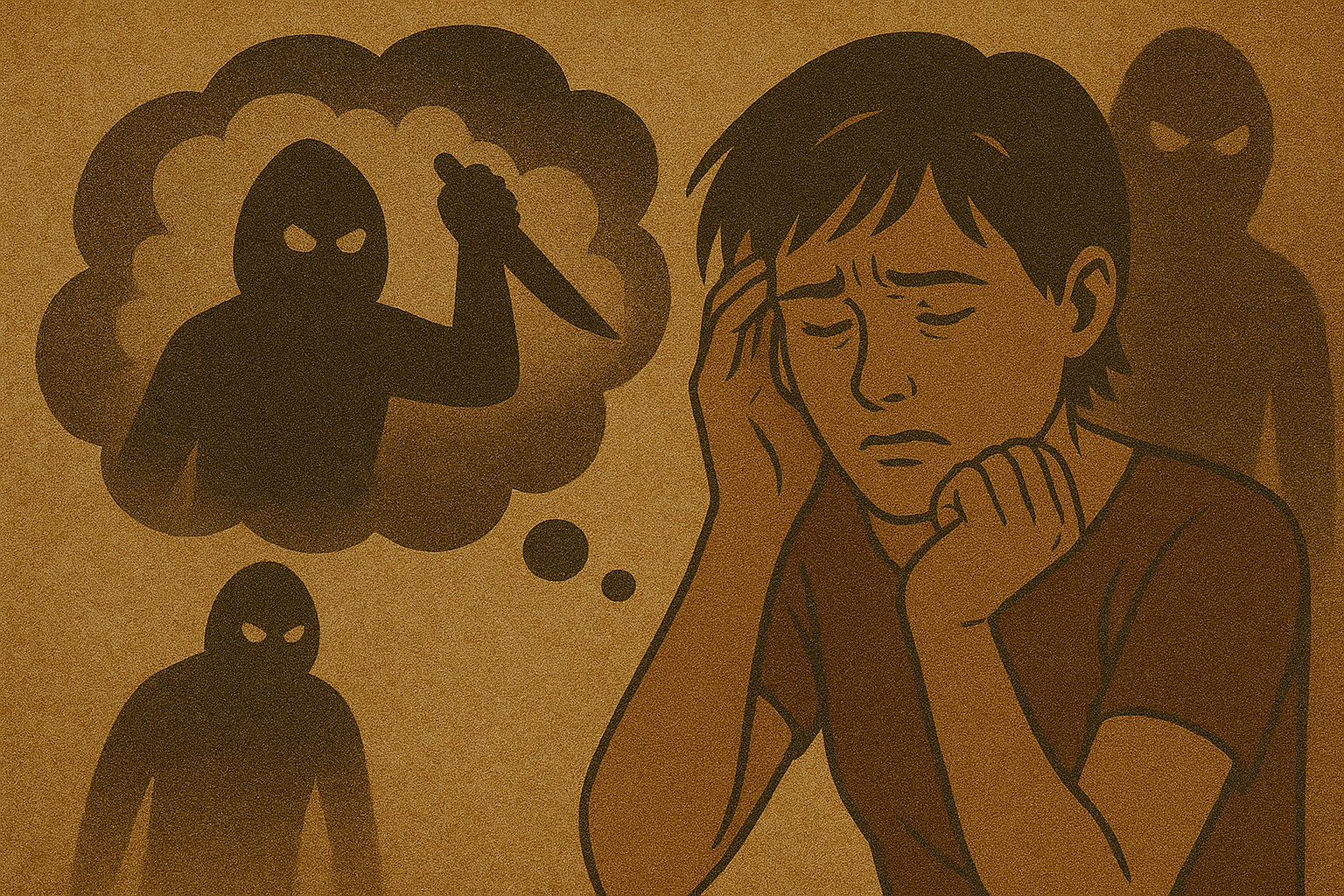
Fear-based Thinking: Part III
So how can we shift our relationship to fear?
Restoring Balance is Key
Restoring balance is a critical step in bringing clarity to what’s happening. Tension and stress are resistance to what is, and feed fear-based thinking. When we restore balance and redirect fear-based thinking, our mental and emotional resources magically begin to appear. We tend to see through a different lens, and our emotional filter clears. We can focus on understanding the scope of the issue and adapt new ways to address adverse challenges, which allows us to move back into balance.
We can stop the build-up of tension by taking a moment to slow down, attune with our breath, and deepen our breathing. Once our breathing slows down, we become more aware of where we are feeling tension or resistance. We are better able to respond to situations more appropriately, rather than just reacting like a puppet on a string. When we feel fear or anxiety, soma (our body) is attempting to inform us of this imbalance. What we really seek is to restore homeostasis or balance in our body and mind.
Indicators of Fear-Based Thinking
- An ongoing need to control others via manipulation, threats, or intimidation.
- Being closed off to accepting other suggestions or perspectives.
- Our communication style changes.
- Our self-talk becomes more critical, or we are more critical and judgmental of others.
- We become more rigid or black and white in our thinking. We see everything and everyone in terms of right or wrong, good or evil, and disregard details that do not support our way of thinking.
- We stop asking important questions when a contrast, an honest inquiry, could help us see a situation from a different perspective.
- We blame or put down others and disregard their suggestions. Blame and put-downs allow us to bypass honest, open-ended inquiry. By blaming others, we don’t have to look in the mirror or take accountability for our own actions.
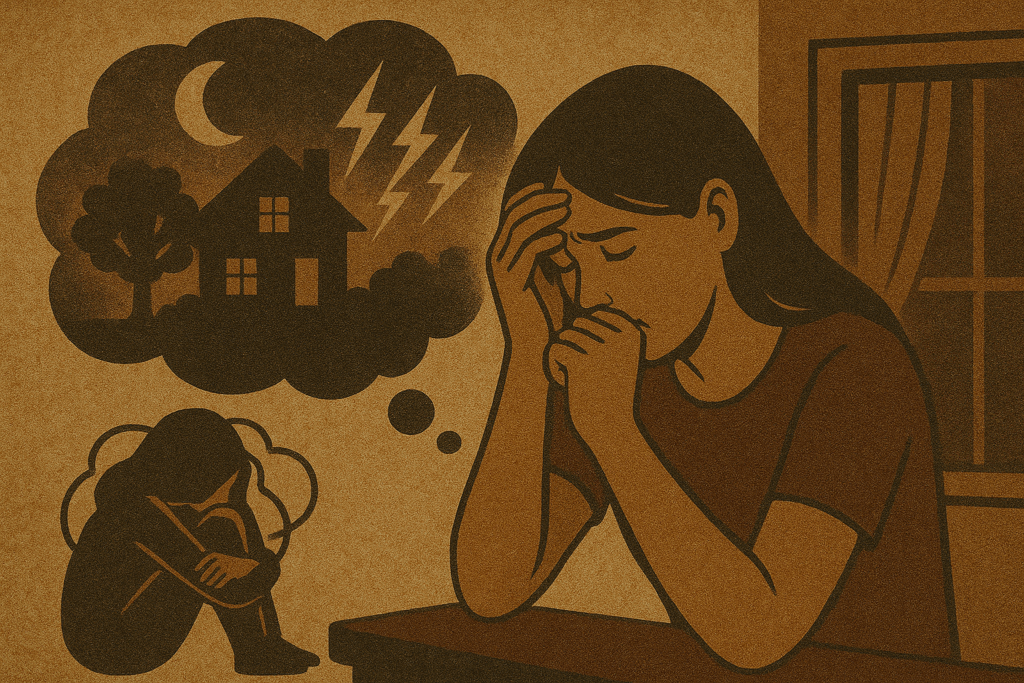
Below are a few simple ways of understanding if we are being pulled into fear-based thinking.
- How does it make me feel?
One way to identify messages that contribute to fear-based thinking is to look at their effect on our emotional state. Reacting out of anger is a strong indication that we are in fear. We are going to lose something, someone is going to take something away from us, or we are not going to get what we want.
- What is the effect on how we view others?
Fear-based thinking tends to categorize others into those who are on our side and those who are against us. Belief systems are viewed as right or wrong, good or evil. Dismissive statements or judgments against others often come from fear-based thinking, which then disconnects us from others and leads to feelings of shame, regret, isolation, and exclusion.
- Solutions to seek control or power over others?
The desire to gain power over the perceived source of threats is a common response to fear-based thinking. The desire to seek power over a threat makes sense on the surface, but gaining power over others tends to diminish trust and respect and escalate threats over the long run. Those who feel they have lost power or feel disempowered will eventually attempt to regain empowerment. This becomes a repetitive cycle, much like a rat on a wheel, that is never-ending. Peace and harmony become elusive until either side or both sides give up the desire to gain power over the other.
- Solutions from a fixed or narrow perspective?
Being unwilling or unable to see situations from a different perspective, or to ask the right questions, being certain there is only one right solution is an indicator of fear-based thinking. Generalizing, diversion, deflection or using dismissive messaging is a common tactic that cuts us off from viewing situations from different perspectives. Thus, we tend to bypass analysis of evidence and often ignore history, context, and the consequences of our actions.
Conclusion
Fear-based thinking becomes a serious problem after it is programmed in our brain. At any given moment any one of us can jump to conclusions or react in a judgmental manner. However, when reacting or overreaction becomes our usual or standard way of being, that’s when we should be concerned.
We need to start asking the right questions to better understand a problem or situation. Asking the right questions assists us in exploring various options that may lead to a desired outcome. Here are three types of inquiry we often utilize: vertical, horizontal and relational. Vertical questions look at the basis for a statement by evaluating the evidence. Horizontal questions ask about history, context and look at the consequences of previous solutions.
Relational questions look at how our decisions affect others and allow us to evaluate previous responses or solutions. This reflection allows us to remain connected to others, versus disconnecting us from others. It is important to learn how to shift fear-based thinking into win/ win, solution-based thinking.

